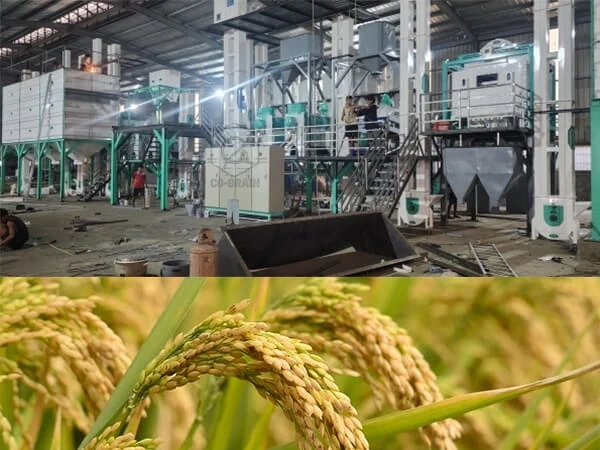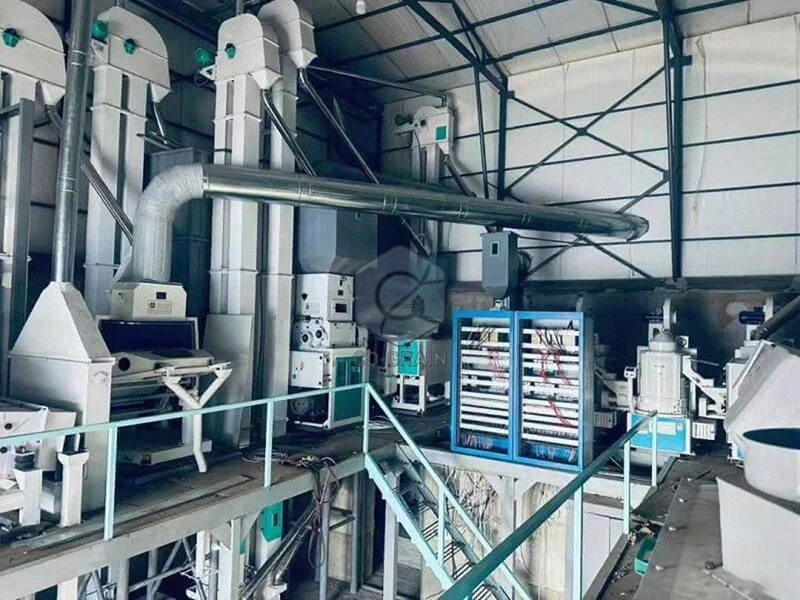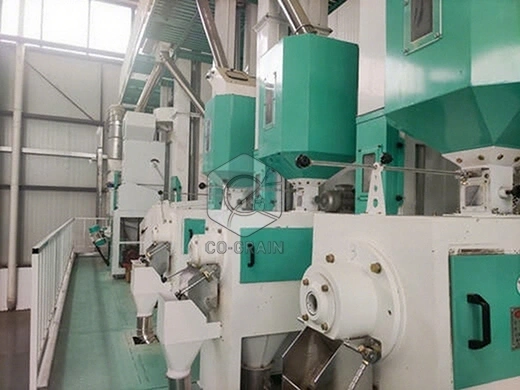
How to Operate and Maintenance of The Rice Mill?
The rice processing machinery mainly has four basic operations, cleaning, paddy hulling, paddy rice separation, and rice milling, it is applied to obtain white rice (milled rice) at publicly or privately run milling facilities. The rice mill machine is the most important part of the milling process.

Rice milling is defined as a process of removing bran and embryo (germ) from brown rice (hulled rice), to obtain the perfect grain condition of rice (milled rice), most of which is not broken, endosperm-style rice with a desirable surface in compliance with international quality standards, it is also the main parts of effect the rice recovery rate. At present, some rice processing enterprises have many problems such as broken rice, and low rice yield. One of the main reasons is that there are defects in the rice milling process. This refers to all aspects of the rice milling process including the management of milling facilities, operation, maintenance, and repair of milling machines.
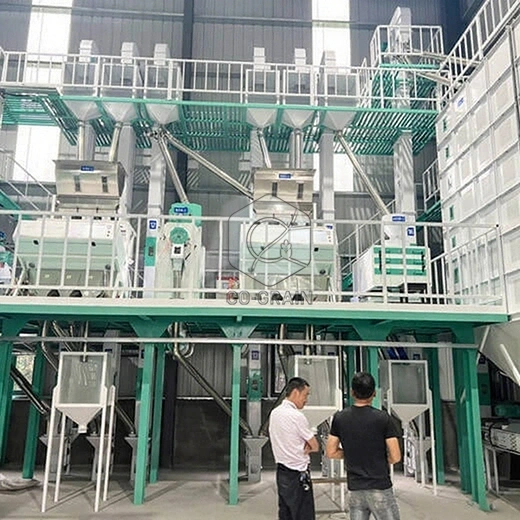
1. Selection of Rice Mill Machine
The use of a rice mill machine depends on the variety of brown rice and the quality requirements of the finished product. Generally, the iron rod rice machine can be used for processing hard rice, and the emery roller rice mill should be used for processing soft rice, preferably a vertical emery roller. In the multi-pass whitening, the emery roller is used for the first whitening, and the iron roll rice mill machine is used for the last step.
2. Combination of the rice mill process
The influence of the rice milling process mainly lies in the combination of the rice milling process, which directly affects the rice yield and the quality of the finished product. According to the number of rice milling machines, the process can be divided into one-pass whitening and multi-pass whitening.
The characteristics of one-pass whitening are that there is only one rice whitener, a short process, small space needed, and convenient operation. However, the surface finish of the milled rice is poor, the color is not beautiful, and the whitening is uniform. The pressure in the whitening room is relatively large, so the crushing rate is low, and low rice yield rate. The characteristics of multi-pass whitening are moderate whitening effect, uniform processing accuracy, low temperature, low broken rice, and high rice yield. With the development of rice milling technology, people have realized that multi-pass whitening is better than one-pass whitening, which is an effective way to reduce broken rice and improve rice yield and rice quality.
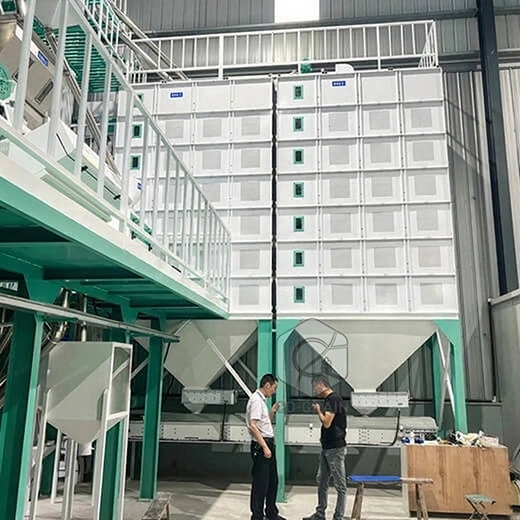
3. Operation of rice mill
In addition to the performance of the rice milling machine and the rice milling process, the correct operation of the rice milling machine is also one of the most important factors affecting the quality of the finished rice in the rice milling machine process. The operator of the rice milling machine must understand the performance, the working principle, and how to use, operate, maintain, and troubleshoot the rice milling machine.
(1) Control the roller speed
(2) Maintain proper flow
(3) The pressure in the rice milling chamber according to the precision of the finished rice
(4) Ensure a stable and sufficient air volume, lead the bran powder, and a large amount of humid and hot air generated by the rice mill to leave the whitening room to ensure a good whitening effect.
(5) The bran output ratio varies according to the number of passes of the rice mill.
(6) Adjustment of the gate and the rice knife: The gap between the rice knife and the rolling drum should be moderate.

4. Maintenance of Rice mill
Rice Mill maintenance staff directly affects the performance of the equipment and is related to various economic indicators of rice processing. The daily maintenance work of the rice mill has the following tasks.
(1) To keep the surface of the roller flat, the rice knives or sieve bars should be straight without quick openings, the rice sieve joints should be flush, the screw propeller and the rollers, the rollers, and the roller joints should be flush, and the rolling ribs and rolling grooves should be aligned.
(2) After the screw propeller and the rib of the iron bar are worn out, they should be wider in time.
(3) After the rice sieve is generally used for one shift, it should be switched back and forth or left and right, and rice knives should be used. If the rice sieve mesh is blocked, clean or replace the rice sieve or adjust the feed end rice knife to raise 1-2mm
(4) The adjustment parts are always flexible.
(5) Always check the belt tension.
Henan Co-Grain Machinery Engineering Co., Ltd. was established in 2000. It is a professional manufacturer and exporter of rice mills, rice processing machines, rice processing plants, rice processing plants, paddy parboiling plants, etc. We can provide a unique overall layout design, customized rice mill products, and installation services for the rice mill production line according to the different needs of customers and site conditions. It combines technology, manufacturing, and sales in one.
If You Are Ready to start a Rice Milling Business, please contact us for the Rice Milling Machine. We Can Provide Professional Design and Comprehensive Guidance According to Your Needs. Get in touch with us now!
Welcome, Contact Us!
Henan Co-Grain Machinery Engineering Co., Ltd.
Email: info@ricemillplants.com
Whatsapp: 0086-18339828199


